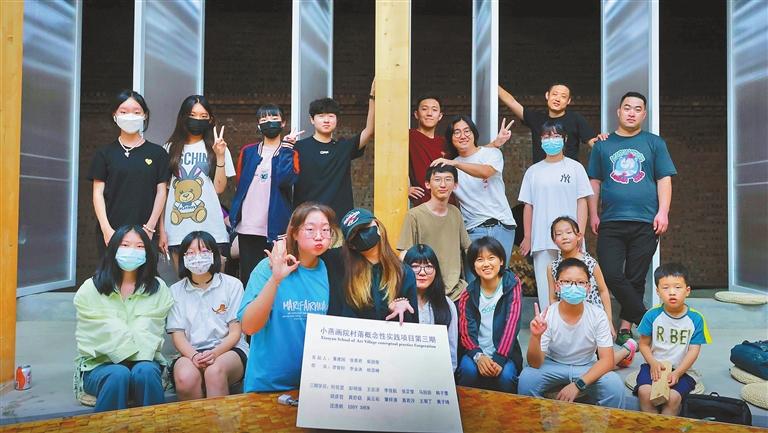
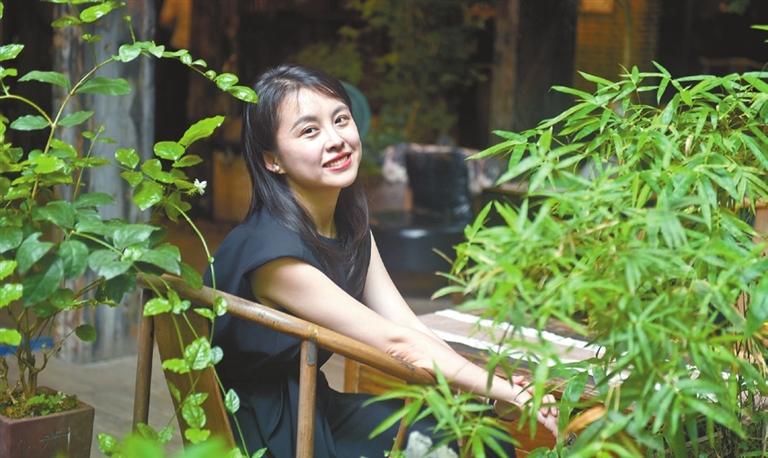
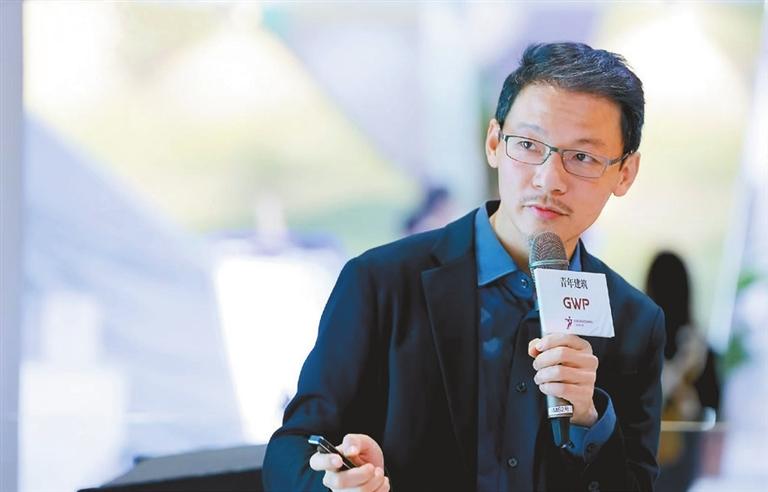
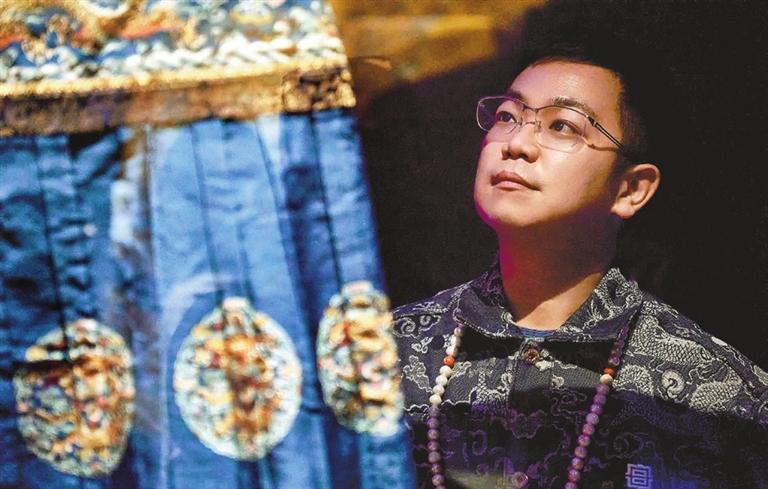
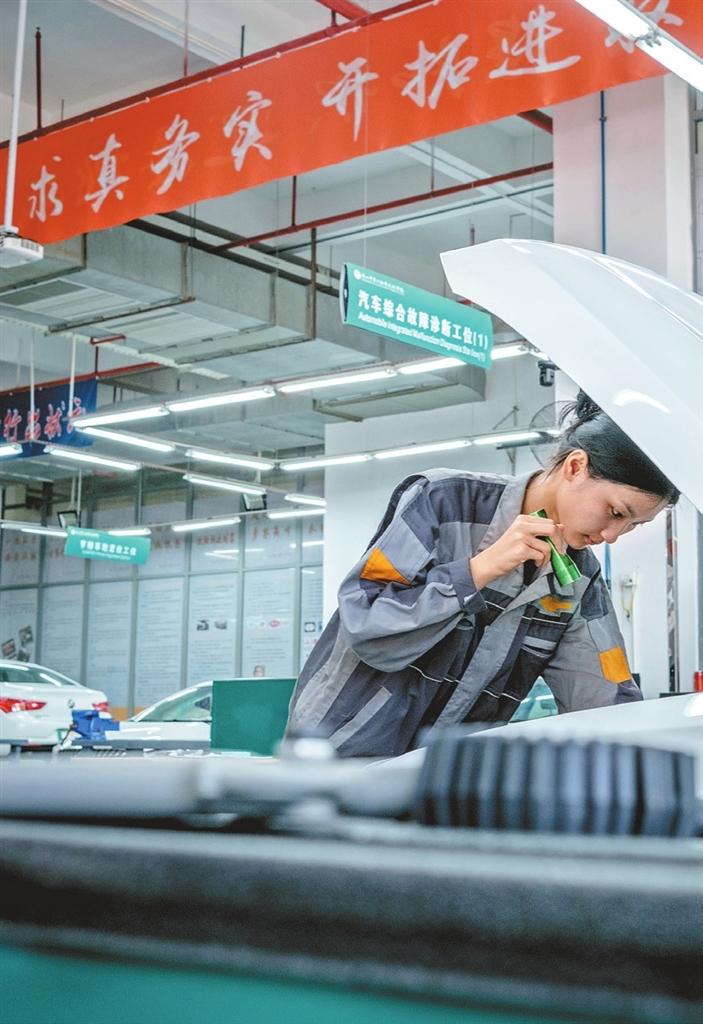
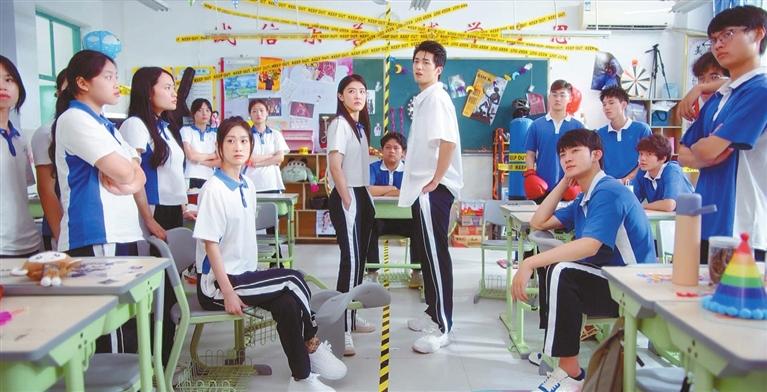
Editor’s note Welcome to Gen Z Weekly, our new column dedicated to showcasing the voices and experiences of Generation Z in Shenzhen and beyond. Through Gen Z Weekly, expect to hear directly from international students and Chinese youth about their campus lives, personal journeys, and thoughtful insights. SHENZHEN, a dynamic city in southern China, is fundamentally a migrant city — it was built by people from all over China. The incredible economic miracle it became is largely attributable to the pioneering efforts of that first generation. Now, the experiences and choices of the “Shenzhen second generation” offer a powerful glimpse into the city’s future trajectory — their lives reflect the evolution of Shenzhen itself. The term “Shenzhen second generation,” or in Chinese “shen er dai” (深二代), refers to people who were born and raised in Shenzhen. Their parents are typically part of the first wave of migrants who moved to Shenzhen decades ago, drawn by the city’s rapid development and economic opportunities starting in the 1980s. Unlike their parents who often arrived as pioneers, the “Shenzhen second generation” has known no other home than this fast-paced, modern metropolis. As Shenzhen prepares to celebrate its 45th anniversary as a special economic zone, the magazine “Book Capital” published by Shenzhen Publishing Group, has launched a special feature titled “Growth of second-generation Shenzheners.” It highlights the stories of young people who have grown up alongside the city, essentially shaping and being shaped by it. Notably, this represents one of the first in-depth explorations by official media specifically dedicated to the experiences of the “Shenzhen second generation.” Inheritance, innovation Young cities often carry the echoes of their past, and the second generation born and raised in Shenzhen is actively preserving what might seem like “outdated” urban memories, finding innovative ways to let them bloom with new life right here in Shenzhen. Take Chen Qichong, for instance. His bold fusion of Cantonese opera with modern drama has brought the first local Cantonese troupe, DDBus Drama, to the city. In April 2025, their Cantonese adaptation of Mandarin-based Chinese movie “Mr. Donkey” embarked on a national tour, featuring familiar faces like Athena Chu, Law Kar-ying, and Waise Lee on theater stages across China. Meanwhile, cartoonist Chen Weirong has breathed life into Shenzhen’s local comic characters, bringing them to electronic screens. Through humorous scenes, these characters record the pulse and energy of the city. Further afield, in the distant north, Shenzhen designer Chen Kelin showcased his Dunhuang-inspired clothes at the China National Arts and Crafts Museum. The vibrant colors and fabrics of his designs tell a story of nature and heritage. Alongside preserving heritage, the “Shenzhen second generation” is also driven by an innate spirit of innovation and entrepreneurship — a constant drive to explore and experiment. Under the persistent pursuit of excellence led by Zhang Junbin, founder and CEO of Narwal, the tech company has been ranked among China’s top 50 robotics firms for two consecutive years and listed on the Hurun Global Unicorn List for four years running. It’s recognized as a front-runner in the robotic vacuum cleaner market. Similarly, LuxiTech, led by Wang Bolun, stands out as China’s first “brain-like computing ecosystem” enterprise. They’ve launched the NLM model, the first domestically developed large model based on a non-transformer architecture and a brain-like technology approach. Even in infrastructure, this innovative spirit shines. Lyu Qiujie, who returned after studying at Harvard, used the Guangming District Cultural and Arts Center as his first experimental ground. He turned it into an integrated green and low-carbon space designed to alleviate the urban heat island effect while also serving educational and recreational purposes. In the vibrant “rainforest” of Shenzhen’s tech and creative scene, “Shenzhen second generation” writers are also carving out their own space. Wang Nuonuo uses science fiction fables to deconstruct the metaphor of urban expansion. Wu Jieyu employs literature to heal and question the delicate balance between education and human nature. Ouyang Ziyi explores the organizational methods and ethical dilemmas of human society through the concept of “biomimetic humans.” Xu Weixuan uses youth science fiction to focus on themes of unity and sacrifice when facing external threats. Writers like Shi Xiaohan, Jiang Erman, and Huang Zizhen, each taking completely different paths, collectively forge the city’s cultural landscape with the ingenuity of the new generation. For the “Shenzhen second generation,” the greatest wealth they’ve inherited from Shenzhen is twofold: the perseverance and long-term vision of their migrant parents as well as an unwavering spirit of fearlessness and courage to embrace challenges. Self-value, giving back Many young Shenzheners, especially those born after 2000, are increasingly guided by their interests, ambitions, and sense of personal value when choosing future paths. A powerful example is Gu Huijing, a 20-year-old girl who captured national attention when footage of her holding a wrench and expertly repairing an engine appeared on a Chinese State broadcaster. Millions of viewers were inspired by this young girl, who shattered gender stereotypes in the traditionally male-dominated field of automotive repair. Then there is Li Rulin, who meticulously carves intricate patterns onto wax blocks with a bow saw and carving knife; Yang Danni, who is challenging traditional tailoring mastery with a single pair of scissors; and Lai Jinling, a young chef who wields a spatula like a paintbrush, treating ingredients as her canvas. While lacking the prestige of a top university degree, these individuals face their professional futures with dignity and purpose. Another group from the “Shenzhen second generation” is actively using community service and public welfare initiatives to build a more caring and warm city. Wang Xinting, daughter of IRead Foundation founder Li Wen, has taken up her mother’s work, opening up new worlds through books for countless children across the city. Xu Xiaomeng’s journey began during the Summer Universiade 2011, which was held in Shenzhen. She later became the secretary general of the Shenzhen Voluntary Service Foundation, which aims to be a strong support system for the thousands of dedicated volunteers often seen wearing red vests. The Xiaoyan School of Art demonstrates another form of giving back. It leads groups of children, some as young as 11, on art-focused trips to rural areas in Shanxi Province, helping to bring attention and care to smaller villages. Yu Lanxin, Li Yujie, Zhang Zhuohui, and Fang Yini — all born after 1990 — are screenwriters who attended Shenzhen Foreign Languages School. They collaborated with fellow directors, screenwriters, lyricists, composers, and actors, many of whom also hail from various high schools across Shenzhen. Together, they created the web drama “To Us, From Us,” which portrays the shared youth memories of the “Shenzhen second generation.” The “Shenzhen second generation” is actively shaping the values and social order of the city. If they lack a strong sense of identity and belonging, they risk losing their voice and influence in the ongoing cultural development of Shenzhen. This connection between a city’s cultural identity and its place in the world is crucial. The person in charge of the “Book Capital” magazine explained that by creating a special feature on the growth stories of the “Shenzhen second generation,” they aim to explore Shenzhen’s urban identity through their unique perspectives and spirit. It’s about focusing on this fundamental aspect of city life. Even as the concept of “Shenzhen second generation” evolves and these individuals fully integrate as established residents, this topic remains significant for Shenzhen on the international stage. It reflects a key part of the city’s identity, which is tied to this group, and is something we cannot overlook when trying to understand what Shenzhen is truly all about.(Zhang Yu) Note: The original Chinese version was published in the June edition of “Book Capital” magazine. | 
